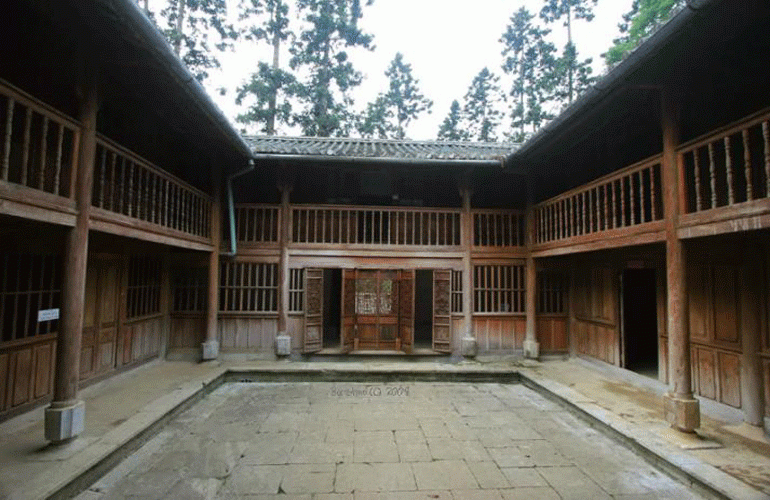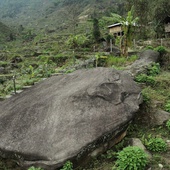The Mansion of Vuong Familiy
The house of Vuong Family, the king of Miao ethnic, is located in Xa Phin, Dong Van, and Ha Giang.
About Vuong Family's Mansion
The Vuong Family's Mansion stands out not just for its impressive dimensions, but also for its exquisite design and architectural significance. Crafted by skilled stone artisans from Yunnan, China, and local Mong builders, the mansion reflects the traditional architecture of the Qing dynasty in the late 19th century, interwoven with elements of Mong culture. This site has become a must-visit on any tour through Ha Giang in 2025. Photo: trekkinghagiangtour.com
Photo: trekkinghagiangtour.com
Perched atop a mountain resembling a tortoise's back, the mansion is imbued with symbolic meaning; in Vietnamese mythology, the turtle is one of the four sacred animals, alongside the Dragon, Unicorn, and Phoenix, believed to bring wealth and prosperity to its owner. The structure is elegantly arranged into 4 horizontal and 6 vertical blocks spanning 2 floors and containing 64 rooms. Inside, meticulous decorations portray revered animals such as lions, dragons, bats, and phoenixes, emphasizing the family's prosperity and good fortune. Surrounding the mansion is a robust stone wall, measuring 50cm in width, punctuated with defensive towers and strategically placed loopholes. This wall serves to protect the family from external threats while contributing to the overall grandeur of the estate. A picturesque stone pathway leads visitors to the main entrance, also providing access to the family tomb.
Useful Information
- Location: The Mansion Of Vuong Familiy
- Best for: All visitors
- Entrance: Free
- Hours: Day time visit is recommended
- Distance to city center: 63.6km (39.5 mi)

Ha Giang Observation Deck
Unlike most people think, the northernmost point of Vietnam is not Lung Cu flag pole but a remote observation deck, which is approximately 30 minutes riding from the flagpole.

Lung Cu Peak (Ha Giang)
Lung Cu is located in Dong Van, 200km from the center of Ha Giang Borough with a natural area of 3,460 hectares.

Nam Dan Old Stone Field
The old stone field of Nam Dan was discovered in 2004 by scientists from the Institute of Archeology and the Ha Giang Museum.








